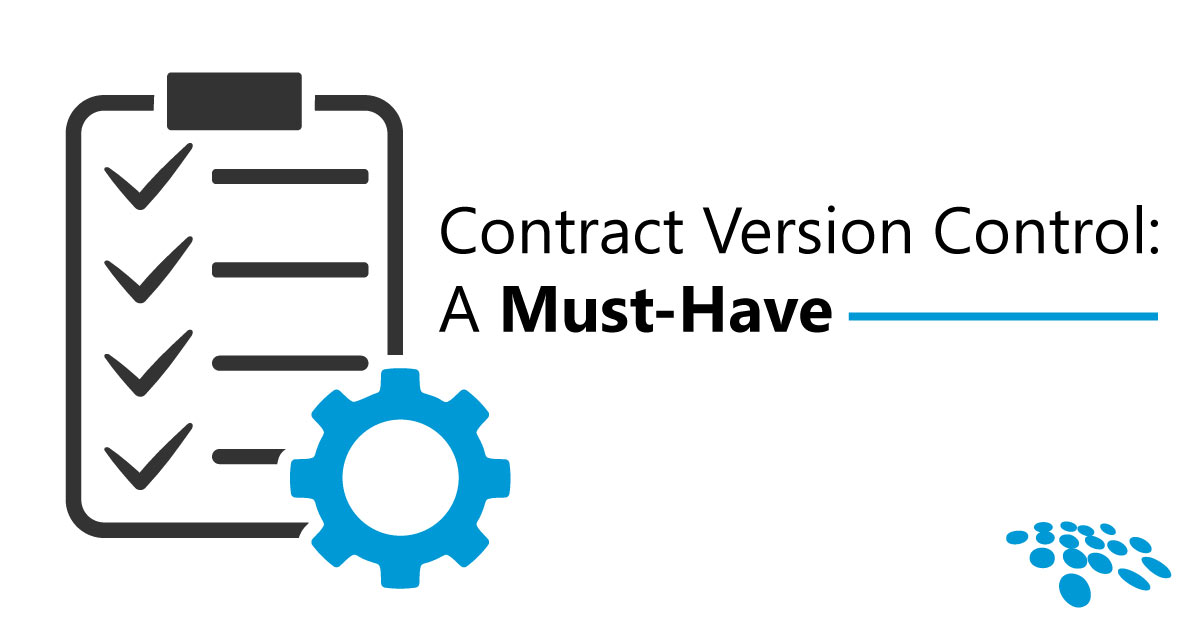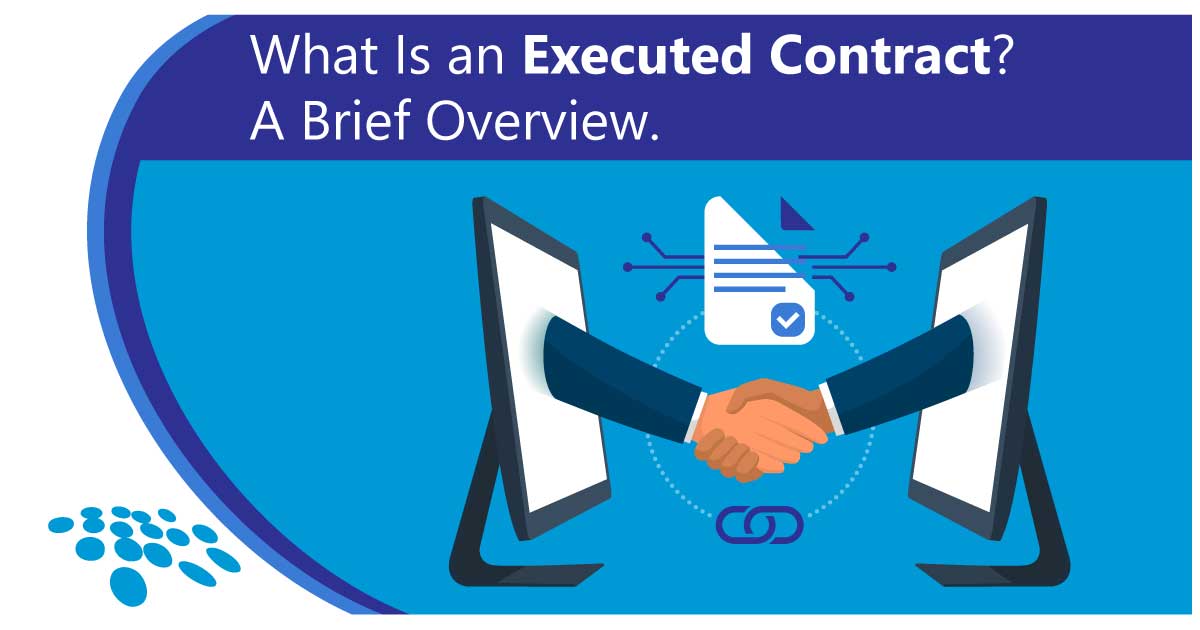One of the most common pitfalls of contract management is losing track of changes, which can lead to costly errors and legal disputes. This is where a robust system for automated contract version control becomes not just a convenience but a necessity.
Sean Heck
Recent Posts
Why Automated Contract Version Control Is a Must-Have
By Sean Heck on 08/14/25
How AI Empowers Legal Teams To Be Strategic, Not Stressed
By Sean Heck on 08/12/25
Let's be honest, the life of an in-house legal team can feel like a never-ending cycle of document review, risk assessment, and putting out fires. The sheer volume of contracts alone can be overwhelming, pulling talented legal minds away from high-level strategic thinking and leaving them feeling more like document processors than legal strategists. Sound familiar?
But what if there was a way to shift that balance? What if technology could shoulder some of the more tedious tasks, freeing up your legal eagles to focus on what truly matters: driving business value and mitigating critical risks? The good news is, that future is already here, and it's powered by AI in contract management.
Conquer Contract Chaos: Your VISDOM AI Helper for MS Word
By Sean Heck on 08/7/25
Tired of the tedious, time-consuming grind of manual contract management? You know the drill: hunting for a crucial clause, slogging through endless documents, and praying you don't miss a key deadline. It’s a pain that can slow down even the most efficient teams.
But what if you had an intelligent assistant right inside Microsoft Word to handle the heavy lifting for you?
Enter the CobbleStone VISDOM AI Helper for MS Word. This isn't just another add-in; it's your new superpower for contract management. Let's see how it transforms your workflow from chaotic to crystal clear.
5 Essential Contract Management Tools for 2026
By Sean Heck on 08/4/25
With new advancements and options for effective contract management continually evolving, we’ve detailed five essential contract management tools contract managers must empower themselves with to navigate the ever-changing landscape of contract management best practices going forward.























